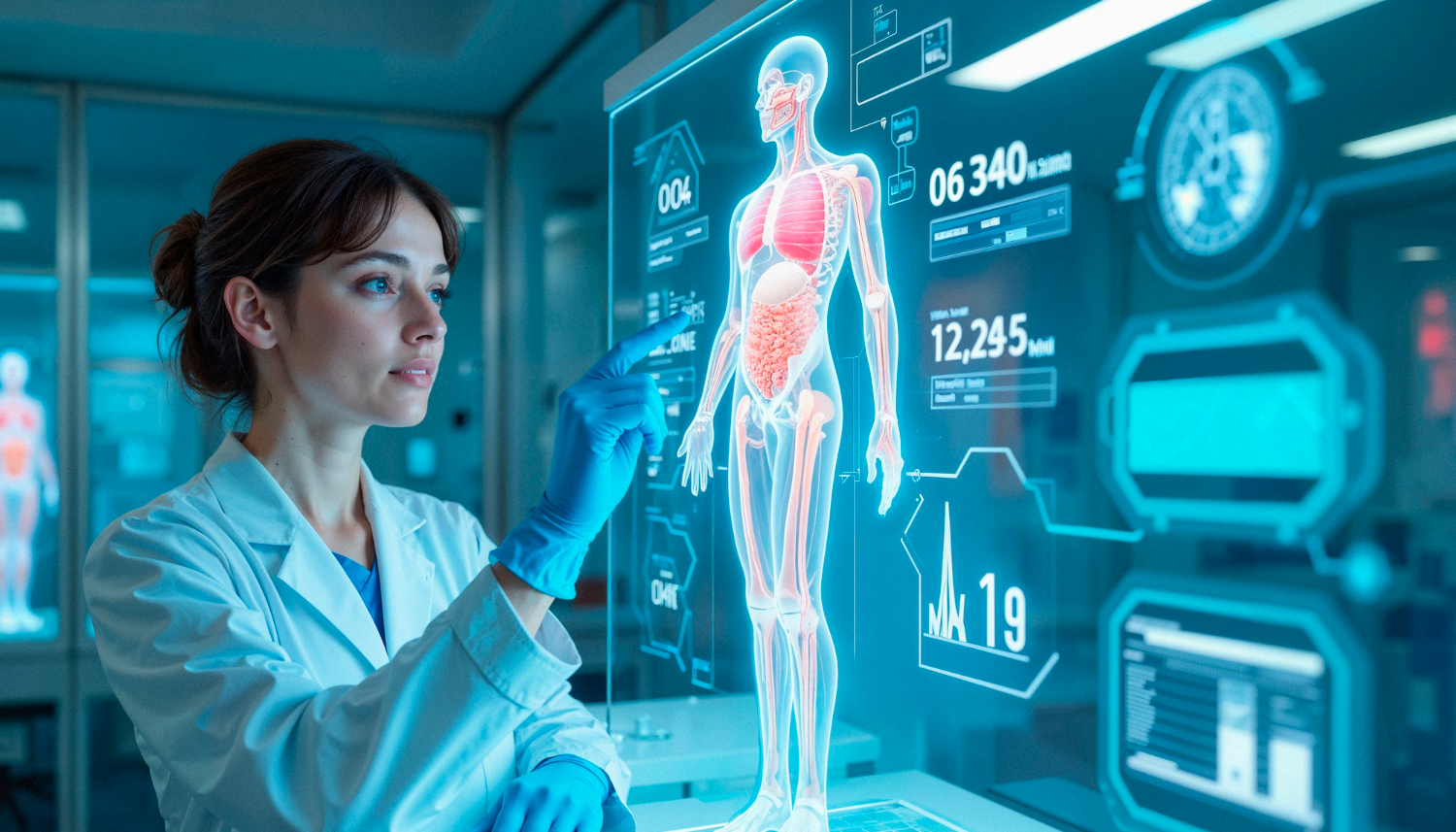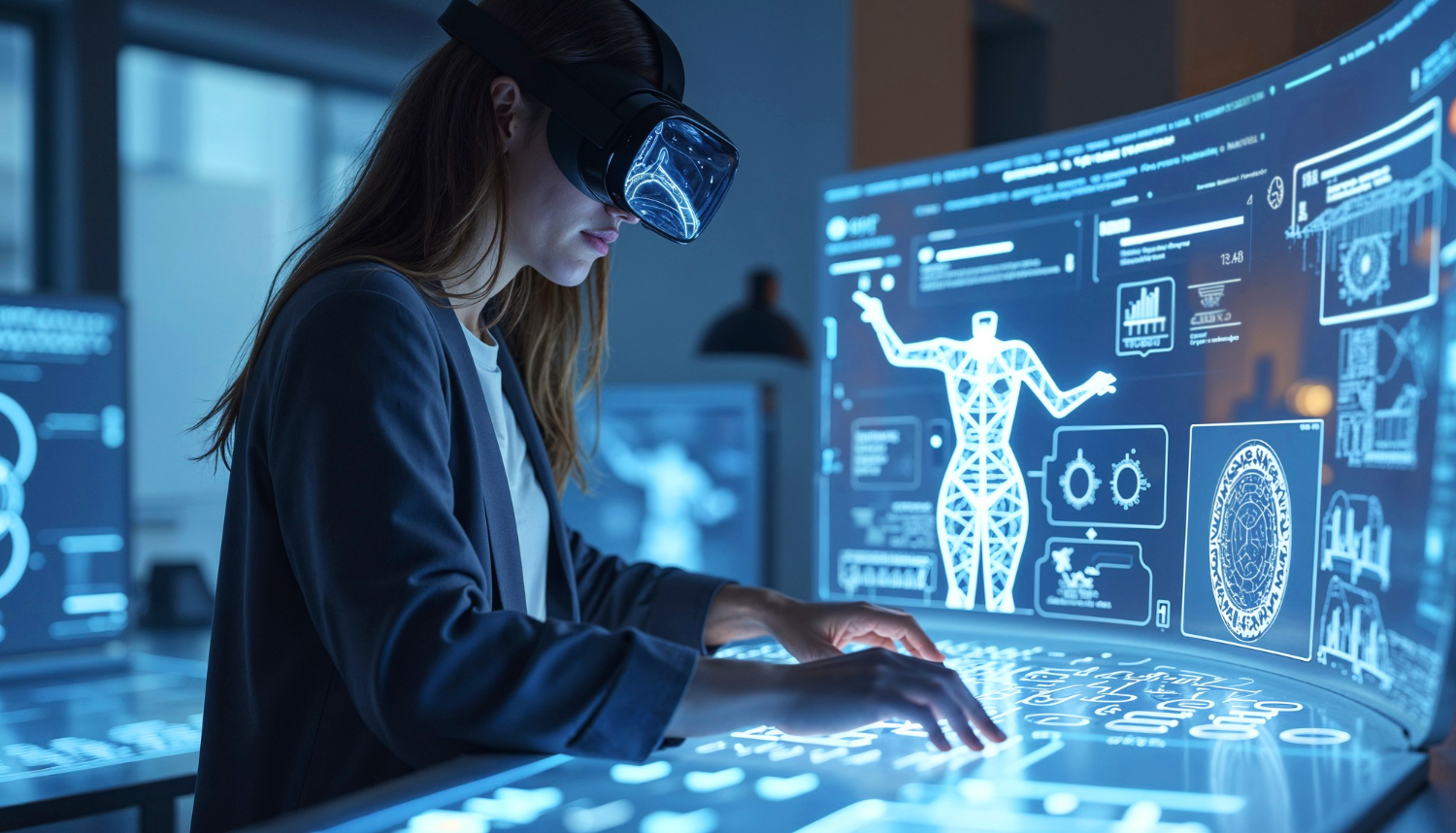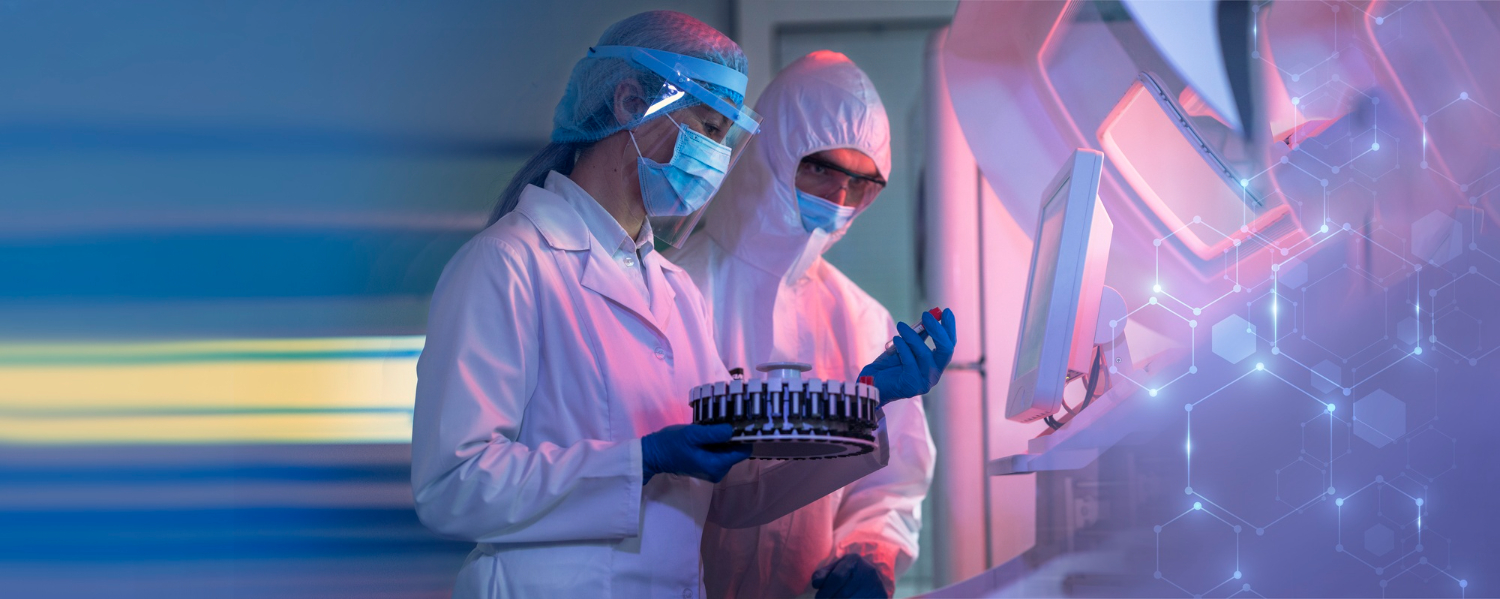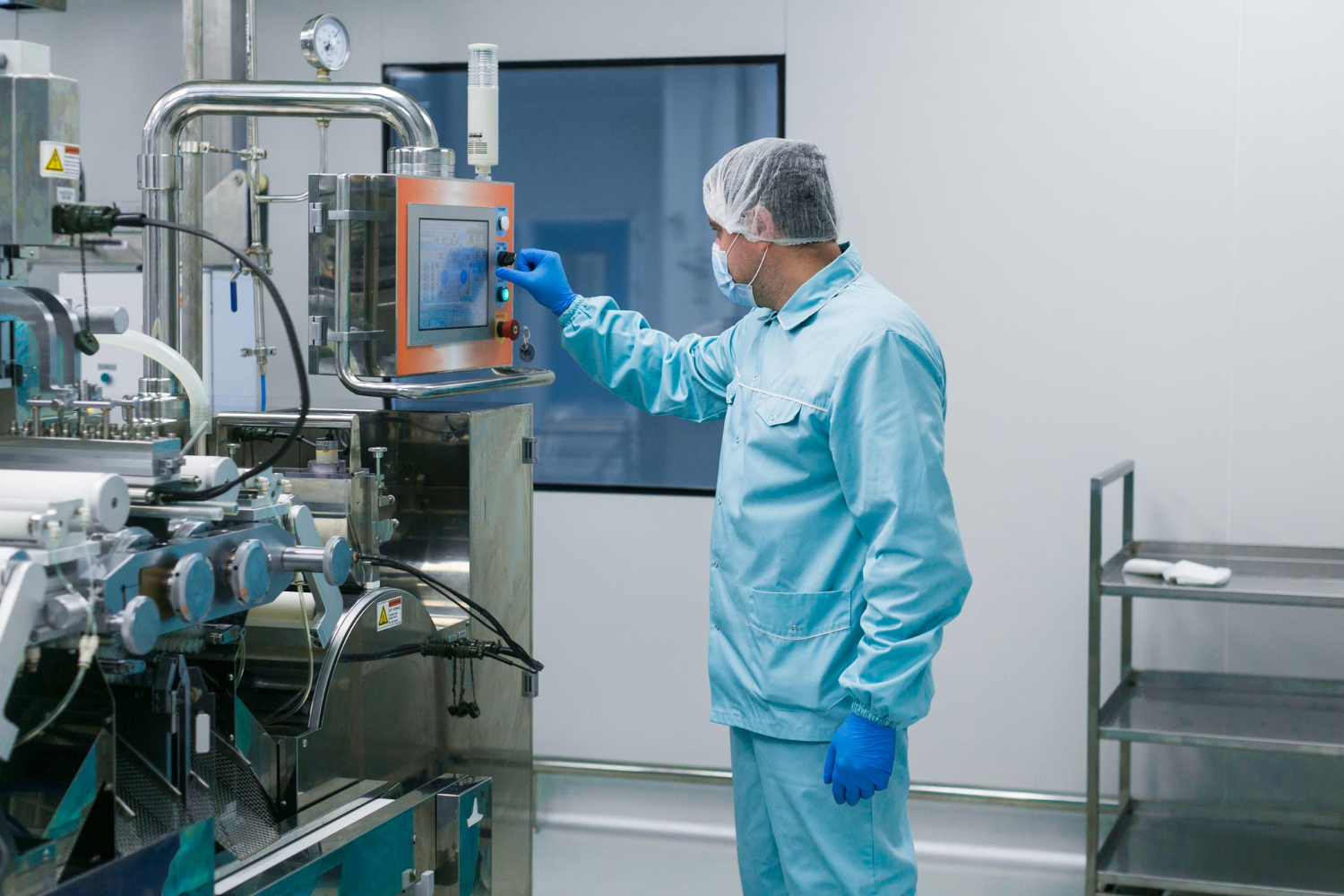Introduction
When you see massive ships sailing in and out of busy ports to efficiently load and unload cargo, you are witnessing the maritime transportation systems at work. Maritime transportation systems deal with the various interconnected components and infrastructure involved in moving goods, passengers, or cargo by water. It’s a complicated and intricate global system where each cog needs to function smoothly to support global commerce operations.
Artificial intelligence or AI can help optimise many aspects of waterway logistics, like fleet operations and shipping route efficiency, by analysing data from GPS, weather, and traffic. As shipping companies realise the benefits of adopting cutting-edge technology, the application of AI-enabled solutions is becoming more prevalent. In fact, the global maritime digitisation market size is expected to reach $266.5 billion by 2028.
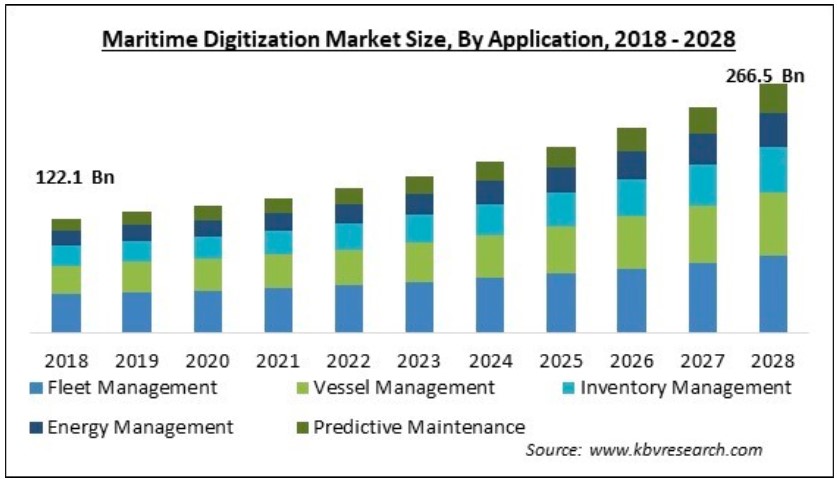
In this article, we’ll discuss various applications of AI in maritime transportation systems related to ship design, autonomous navigation, maintenance in vessels, and more. We’ll also understand the underlying challenges and environmental implications of these AI solutions. Let’s get started!
AI in Ship Design and Construction
An important sector of maritime transportation systems is ship design and construction. The traditional method of designing ships requires marine engineers and naval architects to spend a lot of time and energy. However, efficient and innovative ship designs can be created using generative AI. For example, ShipHullGAN is a deep convolutional generative model for ship hull designs that was introduced in April 2023. Using generative adversarial networks (GANs), ShipHullGAN can rapidly generate various ship-hull designs. The model was trained on a dataset of 52,591 designs of various ship types like container ships, tankers, bulk carriers, tugboats, and crew supply vessels. ShipHullGAN can even explore design spaces and possibilities that might not be immediately apparent or accessible to human designers.
In one part of the study on ShipHullGAN, AI was used to optimise ship hull designs for a container ship and an oil tanker, emphasising improving wave resistance while maintaining the same cargo capacity. The optimised designs were compared to the traditional KVLCC hull and showed significant improvements. The 3D comparisons showed the innovative design changes, particularly in the stem and stern areas, indicating a more efficient design with reduced wave resistance as shown below.
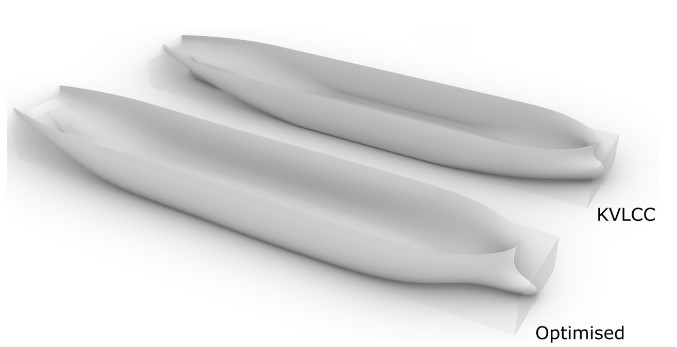
Once an optimised design is generated, the next step is to run design simulations and conduct a structural analysis. This is where GPU acceleration can be extremely beneficial. GPUs, known for their parallel processing capabilities, can reduce the time required for complex simulations and analysis. They can handle large datasets and intensive computational tasks easily. Concerning simulations, GPU acceleration enables the rapid processing of numerous design scenarios and allows for quick iterations and refinements. This speed assists in exploring various design variables and conditions, such as different sea states or load conditions, to ensure the design is robust and reliable under various operational scenarios.
For structural analysis, GPUs can efficiently handle the computationally demanding tasks of finite element analysis (FEA). FEA involves breaking down the ship structure into a fine mesh to analyse stresses and strains. This level of detail is needed to ensure the safety and durability of the ship’s design but can be very demanding regarding computational resources. GPU acceleration makes it more practical to conduct these analyses more time-efficiently and lets you do more in-depth explorations of structural options and safety margins.
Next, let’s understand how AI can be used on board.
See our article on AI’s Role in Electrical and Mechanical Design here!
Autonomous Navigation in Maritime Transportation
Autonomous navigation isn’t limited to vehicles and aeroplanes, maritime transportation can also use it for obstacle detection and collision avoidance at sea. Computer vision, more specifically, machine vision can be used here. It is a field within artificial intelligence (AI) focused on giving machines the ability to interpret and understand the visual world. Recently, Robosys Automation and SEA.AI collaborated to create the world’s first intelligent maritime autonomous surface navigation and collision avoidance system using machine vision.
This system allows ships to detect and classify objects in the water that might not be obvious with traditional systems like Radar or AIS. By analysing data from thermal and low-light cameras, the SEA.AI machine vision system can assess the risk level of floating objects around the vessel. This system has an extensive database of over 9 million annotated marine objects, and is a significant step forward in maritime safety. Vessels can have 360° situational awareness and it aids in smart path planning, potentially improving fuel efficiency as well.
The Voyager AI System that is part of this integrated solution combines the machine vision data with other tracking sources and can recommend or manoeuvre the vessel considering various navigation and shipping hazards. In the image below, we can see an example of the interface of the Voyager AI System. The display shows a ship’s location, direction, speed, and the depth of the surrounding waters. A plotted course is drawn on the digital map, weaving between icons representing other vessels, navigational buoys, and potential hazards. A pop-up window lists the ship’s current navigational plans and gives options to adjust or halt the automated piloting.
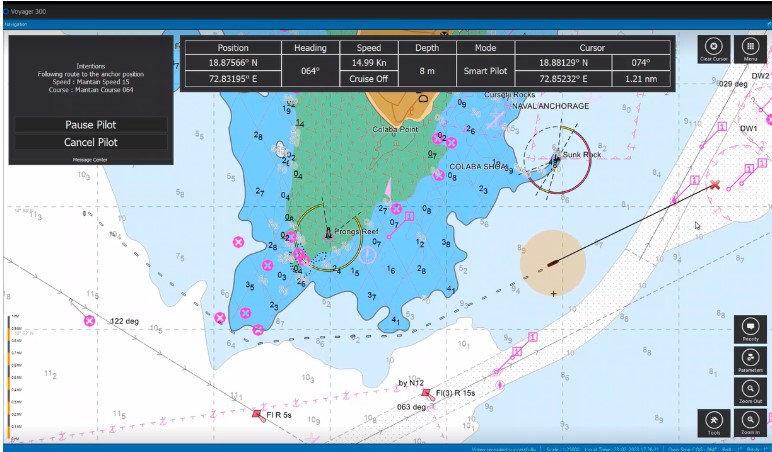
This technology is not only a breakthrough for commercial shipping but also holds potential benefits for government craft, first responders, and yachts. It provides a consistent visual lookout that can’t tire to support collision avoidance and comply with maritime regulations.
Check our article on AI for Autonomous Vehicles: Redefining Transportation here!
Curious about Reinventing Pathfinding with AI-Driven Navigation Systems?
Predictive Maintenance in Maritime Vessels
Another way that AI can be used on board is to monitor the condition of ships. Using IoT sensors and edge computing, data can be continuously collected for AI-driven predictive maintenance to prevent equipment failures and reduce downtime. Unplanned downtime can be costly in the maritime industry. For example, unplanned downtime for a drillship alone can cost up to $12 million per year. Considering the high costs associated with unexpected machine failures and operational delays, predictive maintenance becomes an essential strategy for maritime operations.
IoT sensors are strategically placed throughout the ship to continuously monitor the condition of various systems and components. They collect real-time data on temperature, vibration, pressure, and humidity. This constant data collection is critical in providing a comprehensive view of the vessel’s operational status at any given moment.
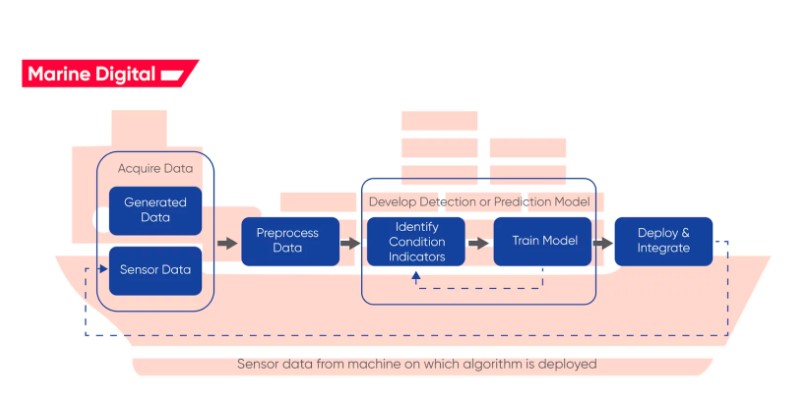
The data collected by IoT sensors is then transmitted to a central processing system or processed on edge using edge computing. Then, predictive maintenance algorithms are used to analyse and interpret the information. These algorithms are designed to detect patterns and anomalies in the data, comparing them with historical performance metrics and predefined thresholds. By doing so, AI can predict potential failures or maintenance needs before they become critical issues. This predictive analysis enables the ship’s crew or maintenance teams to proactively address minor issues before they escalate into major problems.
AI-Enhanced Maritime Safety and Security
We’ve discussed AI solutions related to maritime operations. However, AI solutions can also be applied for more robust surveillance, threat detection, and response mechanisms. Improving maritime safety and security is just as paramount as enhancing operational efficiency. Detecting anomalies using machine learning and computer vision can help bolster safety and security at ports and maritime vessels.
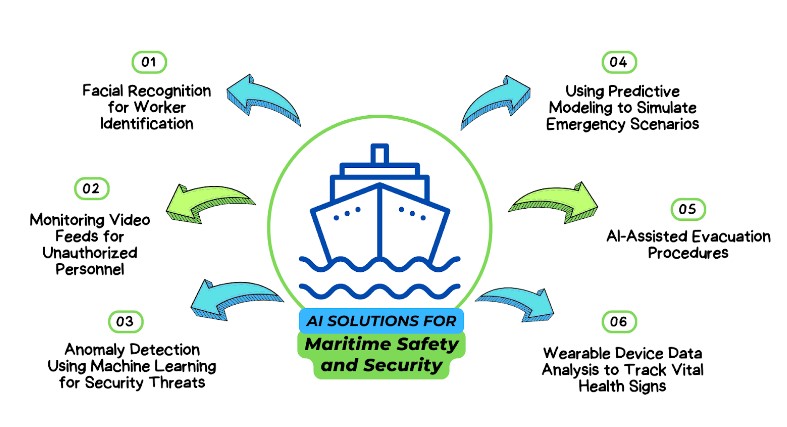
Computer vision techniques like facial recognition can identify workers on board and ensure no unauthorised personnel or stowaways exist. This technology can continuously monitor and analyse video feeds from various parts of a ship or port. This continuous monitoring ensures a high level of security vigilance, which is crucial in sensitive or restricted maritime vessel or port facility areas.
Moreover, machine learning can be used to monitor the health and safety of crew members. By analysing data from wearable devices, AI can track vital signs, detect signs of fatigue or stress, and alert for immediate medical attention. In emergencies, AI can assist in efficient evacuation procedures by analysing the safest and quickest routes out of the ship. This analysis considers various factors, such as the nature of the emergency, potential hazards en route, and the physical capabilities of the crew. The AI system can then guide the crew to the nearest exits and muster stations, optimising evacuation time and enhancing safety.
Additionally, AI can use predictive modelling to simulate different emergency scenarios, helping to plan and prepare for various contingencies. This predictive approach ensures that emergency procedures are not only responsive but also well-planned and rehearsed. This further enhances the safety of crew members and the efficiency of emergency responses.
Challenges and Environmental Implications
Integrating Artificial Intelligence (AI) in maritime transportation systems offers promising solutions for enhancing efficiency and sustainability. However, this integration comes with its unique set of challenges and environmental implications. It’s important to be aware of both and keep them in mind while implementing AI solutions.
Here are some of the challenges:
- Collecting high-quality, real-time data can pose technical and logistical challenges.
- Increased use of digital and AI technologies in maritime operations introduces new vulnerabilities, and proper cybersecurity measures must be taken.
- There are complex international regulations and ethical dilemmas to consider.
- AI solutions’ high cost and scalability issues in maritime operations present significant barriers. This is especially true for smaller operators or those in regions with limited technological infrastructure.
There are also challenges specific to the maritime transportation industry. For instance, many maritime operations rely on older systems. Integrating AI with these legacy systems can be technically challenging and costly. Also, there needs to be skilled personnel on board who can manage and operate AI systems effectively in the maritime context.
Alongside these challenges, most AI solutions, while targeted toward sustainability, have their environmental implications.
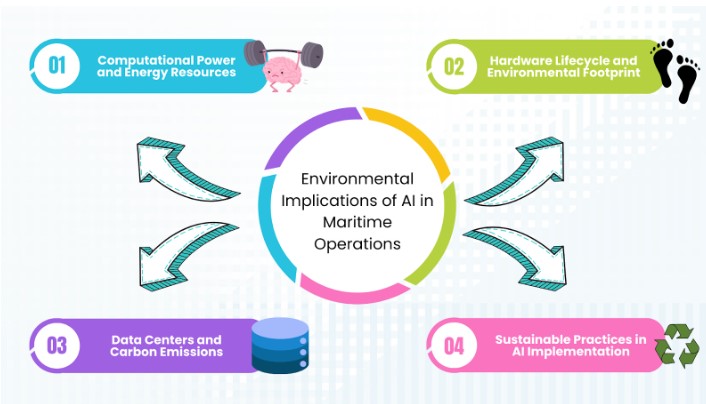
Here are a few environmental implications of AI:
- AI systems require significant computational power, which demands substantial energy resources.
- The production, operation, and disposal of hardware used in AI systems, like sensors and servers, contribute to environmental footprints through resource extraction, manufacturing processes, and electronic waste.
- Data centres are energy-intensive and contribute to carbon emissions unless powered by renewable energy sources.
What We Can Offer as TechnoLynx
At TechnoLynx, we can help create customised solutions for your business problems. We offer various services as a software research and development consulting company. We specialise in helping high-tech startups and SMEs to advance their core technology and intellectual property. Our expertise covers full R&D workflows, including early prototyping, development, optimisation, and integration. Our focus is on several cutting-edge technologies, such as computer vision, generative AI, IoT edge computing, and high-performance computing.
If you’re interested in learning more about how TechnoLynx can assist your organisation with innovative software research and development solutions, don’t hesitate to reach out. For more detailed information or to discuss your specific needs, visit our website at TechnoLynx.
Conclusion
AI is an inevitable part of our future, and by being one of the first few to implement AI solutions in unique industries like the maritime transportation system, you can be ahead of the curve. From more than a business perspective, the adoption of AI in maritime transportation is a game-changer, boosting efficiency, safety, and eco-friendliness. It’s fascinating how AI transforms everything from ship design to predictive maintenance, and even how ships navigate.
But even the greatest solutions come with challenges. And that’s where we at TechnoLynx come in. We’re all about creating custom tech solutions for these very challenges. If you’re curious about how we can help your maritime operations with our expertise in AI and other advanced tech, feel free to drop by our website at TechnoLynx, and let’s explore the possibilities together!
Sources for the images:
- KBV Research. (2023) Global Maritime Digitization Market Size, Share & Industry Trends Analysis Report By Application, By End User (Ports & Terminals, Shipping Companies, and Maritime Freight Forwarders), By Technology, By Regional Outlook and Forecast, 2022 - 2028.
- Khan, S., Goucher-Lambert, K., Kostas, K., & Kaklis, P. (2023). ShipHullGAN: A generic parametric modeller for ship hull design using deep convolutional generative model. arXiv:2305.00210.
- Marine Digital. (n.d.). Predictive Maintenance for Marine Vessels.
- Robosys Automation. (n.d.). Robosys and SEA.AI combine pioneering technologies with world’s first machine vision-based maritime autonomous surface collision avoidance system.


